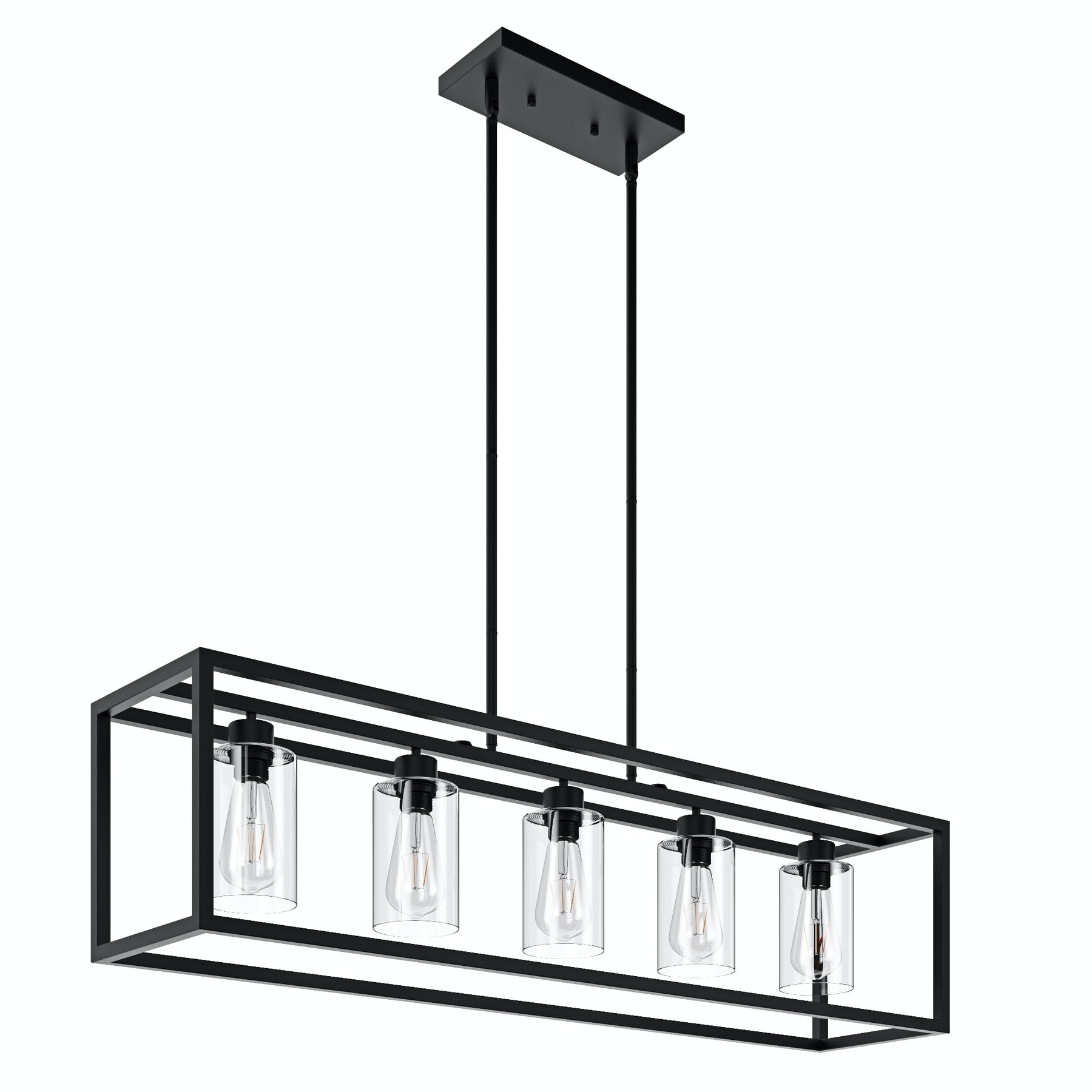Chandeliers have long been a symbol of elegance and sophistication. From their humble beginnings as candlelit fixtures to the modern marvels of LED technology, chandeliers light up our spaces in more ways than one. This article delves into the fascinating journey of chandeliers, highlighting their historical significance, design evolution, and technological advancements.

The Historical Significance of Chandeliers
Chandeliers date back to the medieval period, where they were primarily used in churches and castles. These early chandeliers were simple wooden crosses with spikes to hold candles. Over time, they evolved into more elaborate designs, incorporating materials such as iron, bronze, and crystal.
“Chandeliers were not just sources of light; they were symbols of wealth and status.”
During the Renaissance, chandeliers became more ornate, featuring intricate carvings and gilded finishes. The Baroque period saw the introduction of crystal chandeliers, which became the epitome of luxury and opulence.
Design Evolution: From Classic to Contemporary
The design of chandeliers has evolved significantly over the centuries. While traditional chandeliers often featured multiple tiers and candle-like bulbs, modern designs are more varied and innovative.
- Classic Chandeliers: These designs often feature crystal or glass elements, with multiple arms and candle-shaped bulbs.
- Contemporary Chandeliers: Modern designs incorporate sleek lines, minimalist aesthetics, and innovative materials such as metal and acrylic.
- Rustic Chandeliers: These designs use natural materials like wood and wrought iron, offering a cozy and inviting ambiance.
One notable example is the Modern Crystal Chandelier, which combines traditional crystal elements with a contemporary design.
Technological Advancements in Chandeliers Light
The advent of electricity revolutionized the way chandeliers light our spaces. Electric chandeliers replaced candles with incandescent bulbs, making them safer and more efficient. Today, LED technology has taken chandelier lighting to new heights.
LED chandeliers offer numerous benefits:
- Energy Efficiency: LED bulbs consume significantly less energy compared to incandescent bulbs.
- Longevity: LED bulbs have a longer lifespan, reducing the need for frequent replacements.
- Versatility: LED technology allows for a wide range of color temperatures and dimming options.
For instance, the LED Chandelier offers customizable lighting options, making it perfect for any setting.
The Future of Chandeliers Light
As technology continues to advance, the future of chandeliers light looks promising. Smart chandeliers, which can be controlled via smartphone apps or voice commands, are becoming increasingly popular. These smart fixtures offer unparalleled convenience and customization, allowing users to adjust lighting settings with ease.
Moreover, sustainable materials and eco-friendly designs are gaining traction in the chandelier industry. Designers are exploring ways to create beautiful, energy-efficient chandeliers that have minimal environmental impact.
For a glimpse into the future of chandelier design, check out this video on the future of chandeliers.
Conclusion
From their candlelit origins to the cutting-edge LED technology of today, chandeliers have come a long way. They continue to be a symbol of elegance and innovation, lighting up our spaces with their timeless beauty. Whether you prefer classic designs or modern marvels, there is a chandelier out there to suit every taste and style.
Explore the wide range of chandeliers available and find the perfect one to illuminate your space.







